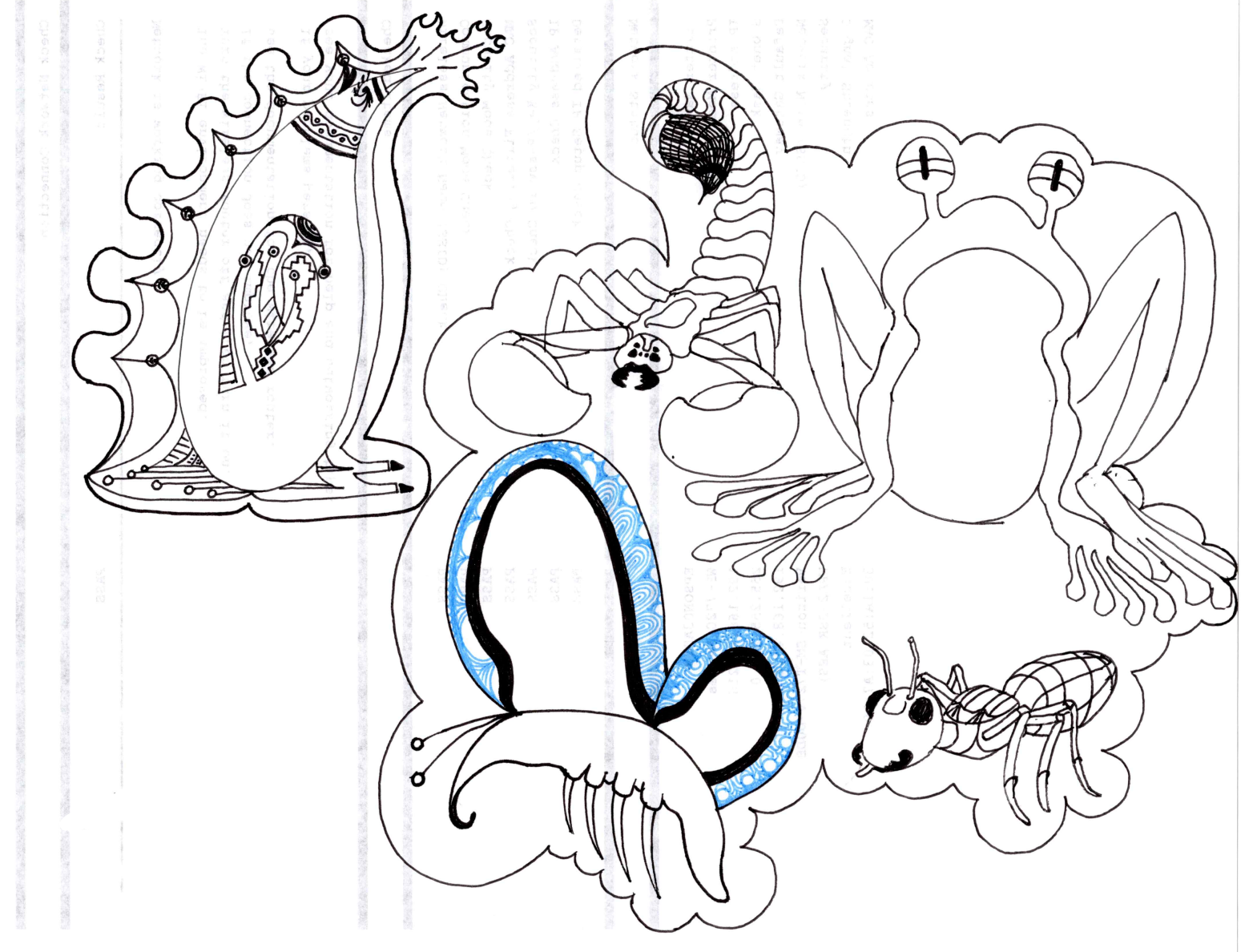Humiliation deep down inside; overtop, either rage or shame. Rage erupts to combat impotence; shame justifies self-pity or arrogance. In both, pain is never embraced and the wound cannot heal.
But dignity resides in letting the wound be felt without becoming the wound. Not in being untouchable, but in being touched and choosing who we become in response. Anger may arise as “this is wrong” without erupting into rage.
Humiliation permeates all throughout our daily lives, for reasons that are obvious and reasons kept from public view.
The humiliation enters because we are human, permeable, needful of connection and respect. Embracing pain, without transformation into shame or rage, lies along the path to healing.
the true believer:
and what about the perspective of the true believer who searches for redemption in a feeling of love and forgiveness from his lord above, received through contemplation and conformity to an example often provided by someone else here on earth.
and by doing so, there’s no need to address the needs of the other nor any pathway of coming to terms, thus it ensures alienation of the other.
this is the shadow side of transcendent consolation. By finding dignity and healing solely in the vertical relationship with God, the horizontal relationships can remain forever broken. The divine love becomes a kind of bypass that makes human reconciliation unnecessary, even undesirable.
If I’m already forgiven and beloved by God, why do the hard work of engaging with those who humiliated me? Why acknowledge their humanity, their own wounds, their perspective? The transcendent solution can become a form of spiritual arrogance disguised as humility:
“I forgive you (from my superior position of being saved)”
rather than “we need to work through this together.”
This ensures the cycle continues. The humiliated finds personal peace but leaves the structures of humiliation intact. The other remains the enemy, the unredeemed, the one outside God’s love. There’s no mutual recognition, no shared humanity discovered through struggle.
The wound gets spiritualized rather than healed in the human realm where it was inflicted.
True dignity might require both the vertical connection that prevents us from being destroyed by humiliation, AND the horizontal work of engaging with the other as a fellow human.
Otherwise, the spiritual healing becomes another form of steeling one's self against injury, protecting us not just from hurt but from the possibility of genuine encounter and transformation.













